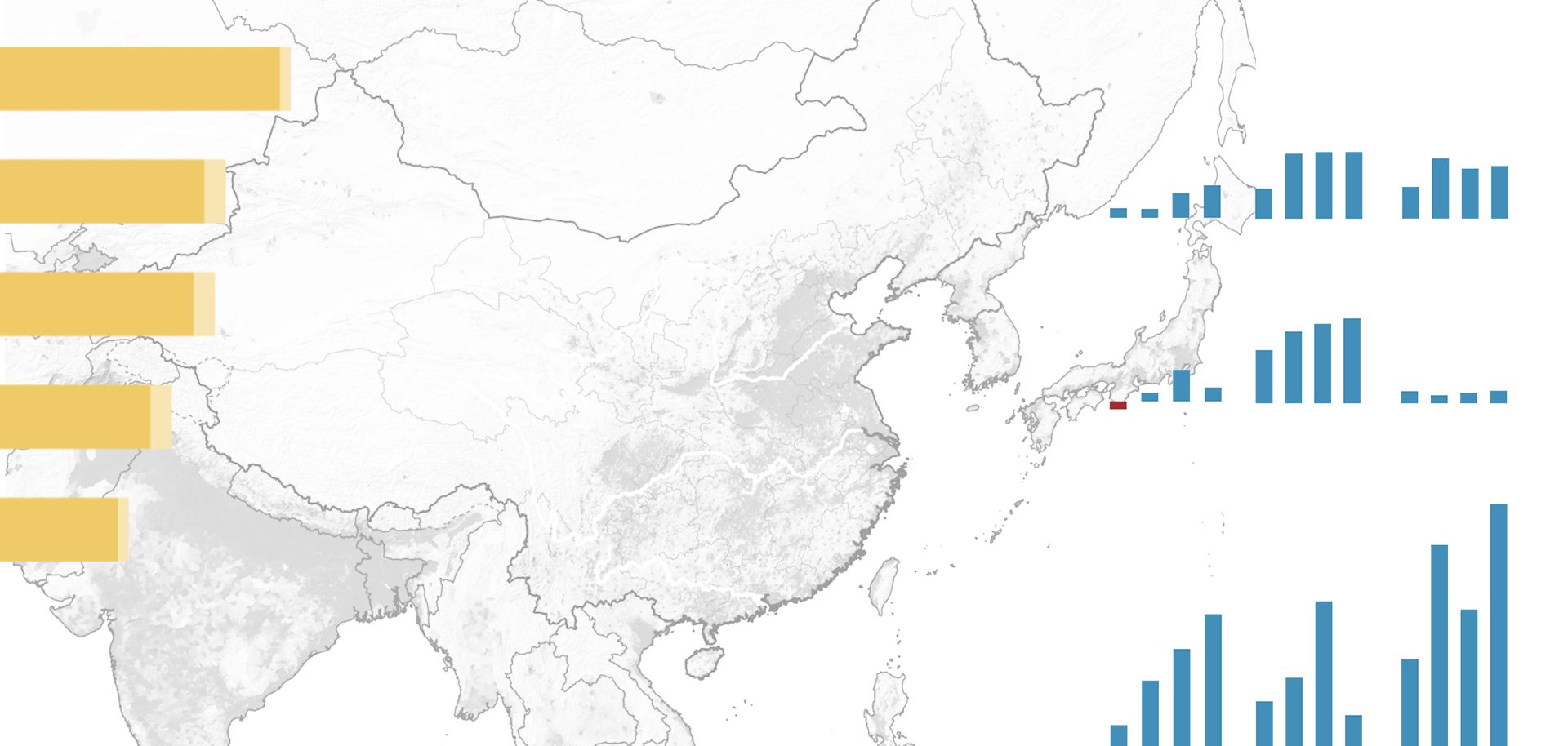
Reform of the national power sector is a key component of the Communist Party of China's 12th Five Year Plan (2011-2015). Beijing aims to better connect the country's main domestic energy resources — coal and hydropower — to southeastern coastal provinces and emerging inland urban centers, where demand is highest. But China's geography makes this difficult. While industry and manufacturing are concentrated on the coast, the energy necessary to fuel them is locked in the country's northern and western provinces. Coal, which currently provides roughly 80 percent of China's power generation, is mined primarily in landlocked northern provinces like Shanxi, Shaanxi, Inner Mongolia and Xinjiang. The coal is then transported by a combination of rail, road and inland waterways either directly south or, more commonly, to coastal ports such as Qinhuangdao and Dalian, where it is then loaded on southbound bulk freighters. In normal conditions, this long-distance transport system is severely strained by shipment volume alone. But it is also highly vulnerable to extreme weather, which causes delays that often trigger local blackouts and contribute to demand for overseas energy sources. Similarly, Beijing's plan to further develop hydropower, which provides around 12 percent of the country's power generation, is hampered by the remoteness and ruggedness of southwestern China's geography. Most of China's hydropower comes from the Tibetan plateau and surrounding provinces, the size and mountainous terrain of which make building power infrastructure both difficult and expensive. Nonetheless, these provinces rely on hydropower for roughly half of their power generation, while their rivers supply between a fifth and a third of southern coastal China's energy. Until nuclear and natural gas resources become viable alternatives to coal (which could take at least a decade), connecting traditional energy resources like coal and hydropower more efficiently to the areas that demand it will necessitate improved transmission networks. Moreover, the disunity of the power network will be problematic for Beijing's larger goal of shifting industry and manufacturing to central provinces.



